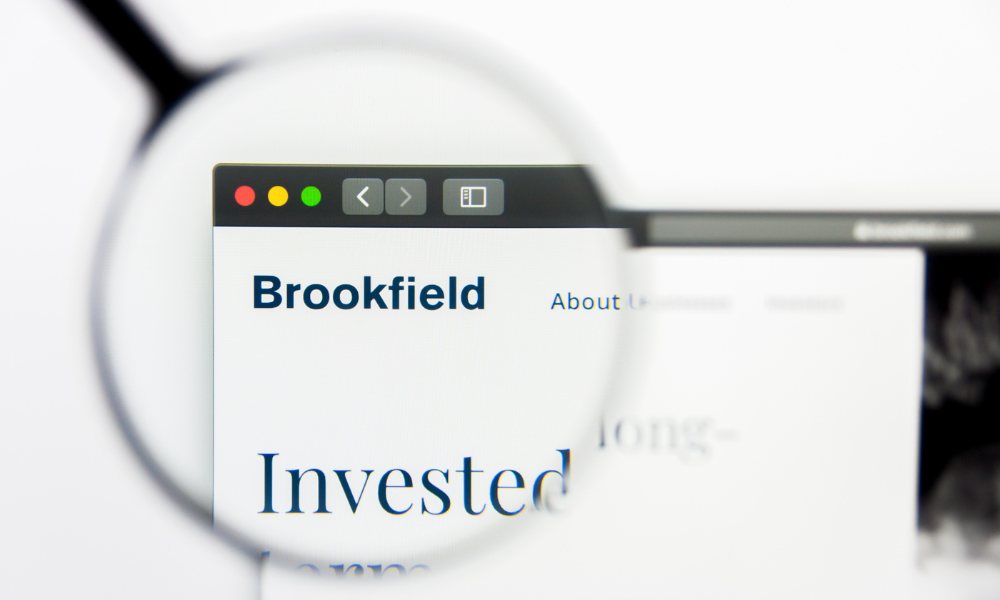Brookfield executives say investor fears drove stock drop, not fundamentals, and expect rebound

Recent market swings, including the sharp drop in Brookfield Asset Management Ltd.’s stock, stem from “sentiment more than substance,” executives said in a letter to shareholders.
The letter was released with the firm’s first-quarter financial results, as reported by The Globe and Mail.
Chief executive officer Bruce Flatt and president Connor Teskey defended the company’s position in the letter published Tuesday, saying the US$1tn asset manager is well insulated from the market impact of US-imposed tariffs.
They addressed concerns after Brookfield’s share price fell more than 30 percent in March and early April, dropping to $61.07 after peaking at $88.51 in late January.
The decline followed US President Donald Trump’s “Liberation Day” tariff announcement.
Brookfield responded by repurchasing more than 2m shares during the quarter. By Monday, its stock had partially recovered, closing at $74.49 on the Toronto Stock Exchange.
Teskey told analysts on a call that the company remains confident in its strategy. “While it would be reckless to diminish the impact of tariffs and what they’ve done to markets, we really don’t see it changing our fundraising trajectory,” he said.
He added that the current environment, though volatile in the short term, could create “an even bigger opportunity for our franchise” over the coming months and quarters.
He and Flatt said Brookfield aims to raise additional capital to invest in energy security, onshoring, and data capacity amid shifting trade dynamics.
As tariffs create uncertainty, they noted that the company’s investment arms are monitoring opportunities as asset owners come under increasing pressure.
In the first quarter, Brookfield raised US$25bn in capital.
That included US$7.1bn for its real estate arm, with US$5.9bn going to the fifth vintage of its flagship real estate fund—potentially its largest to date.
Teskey said elevated interest rates, due to some central banks pausing cuts, could open the door to discounted purchases of high-quality assets.
“That’s going to create very attractive opportunities to buy quality assets with imperfect capital structures at significant discounts to replacement costs,” he said. “And that’s actually what this strategy already has been doing early in its vintage.”
Brookfield’s credit arm raised US$14bn, with nearly half sourced from the company’s insurance subsidiaries.
Teskey added that Oaktree Capital Management, which focuses on distressed-debt investments, is expecting strong demand. “This is the environment where Oaktree goes to work,” he said.
The company reported making US$16bn in new investments and selling US$10bn in assets in the quarter.
It also recorded a 20 percent year-over-year increase in fee-bearing capital, now at US$549bn, as cash flows from management fees continued to grow.
Executives also addressed the growing interest in retail investors. Large private-asset managers have begun targeting this group with new offerings that combine public and private market exposure.
Teskey said Brookfield is exploring the space.
“We view this as a long game, and it is something we would consider in the future,” he said. “We’re having a number of conversations of our own.”
Brookfield’s distributable earnings, a key measure used to estimate potential shareholder payouts, rose 20 percent to US$654m, or 40 US cents per share, for the quarter ending March 31.
This matched the 40 US cents per share average estimate from analysts, according to S&P Global Market Intelligence. A year earlier, Brookfield had reported distributable earnings of US$547m, or 34 US cents per share.


